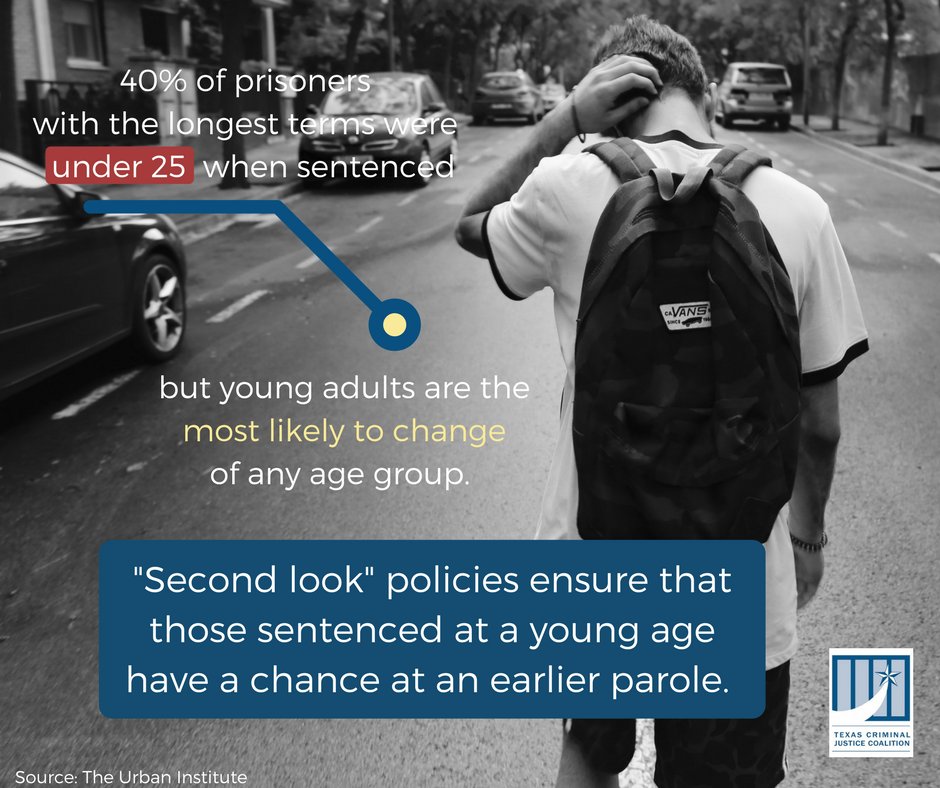The Observer did a good job fleshing out the reasons, which will be familiar to (very) long-time Grits readers: Texas continues to rely on larger facilities instead of following bipartisan, national best practices of using smaller, better-staffed facilities closer to the urban areas where the youths' families live.
It was solely at those larger units that the sex-assault problem was so severe: Four facilities reported that double-digit percentages of inmates in their care said they'd been sexually victimized.
- Evins Unit: 13.5%
- Gainesville: 16.0%
- McLennan Co.: 16.1%
- Ron Jackson Unit: 14.0%
By contrast, nationally, the new survey found that sexual victimization reported in juvenile justice facilities declined. The state-run Texas units were among a handful of outliers.
In addition to high rates of violence and sexual victimization, employee turnover at Texas youth prisons are the highest at any state agency, and employees describe a nightmarish work environment.
Over the last decade, Texas has closed most of its youth prisons, regular readers will recall, with youth-inmate populations down to 786 from more than 5,000 kids 12 years ago when the youth decarceration effort began.
Community-based responses are more expensive per kid, but more effective and less costly in the long run. And they aren't prone to large proportions of youth in their care being sexually victimized.
It's worth mentioning, since Texas began decarcerating youth prisons, reducing those held by the state by more than 80 percent, juvenile crime by all measures has continued to decline. Even though a handful of those released committed serious offenses, juvenile-crime rates plummeted and the state overall became a safer place.
Since Nate Blakeslee first broke the story that Texas Youth Commission staff were molesting youth back in 2007, Texas has tried everything to reduce sexual victimization rates at youth prisons except to follow expert advice to abandon large youth prisons altogether. In 2007 when these allegations first arose and the Legislature intervened, they created a "blue ribbon panel" which recommended closing these large facilities and shifting to smaller, community-based settings. Red and blue states alike have followed that approach, but the Texas Legislature balked, insisting on keeping a few large units open, even as their numbers dwindled. That's where the youth are allegedly being sexually victimized.
To make matters worse, legislative leadership have used allegations of violence and high sexual-victimization rates at these facilities as an excuse not to "raise the age" of adult criminal responsibility from 17 to 18, insisting that youth prisons are already out of control and couldn't handle the influx. Despite bipartisan agreement that 17-year olds shouldn't be incarcerated as adults, Texas remains one of only three states that does so.
Think about that: legislative leaders have both insisted "We won't close dangerous youth prisons," and also, "As long as youth prisons are dangerous, we can't raise the age." That's a strange, self-imposed Catch 22, but a convenient one if you're somebody who just thinks 17-year olds should be incarcerated as adults.
Grits understands the raise-the-age transition could be bumpy and won't be cost-free. In the long run, however, the success of Texas' juvenile-decarceration experiment over the last decade makes me sanguine it can work. But only if Texas legislators embrace juvenile-detention best practices and abandon these large, anachronistic facilities.
MORE: From the Waco Tribune-Herald.


.jpg)


